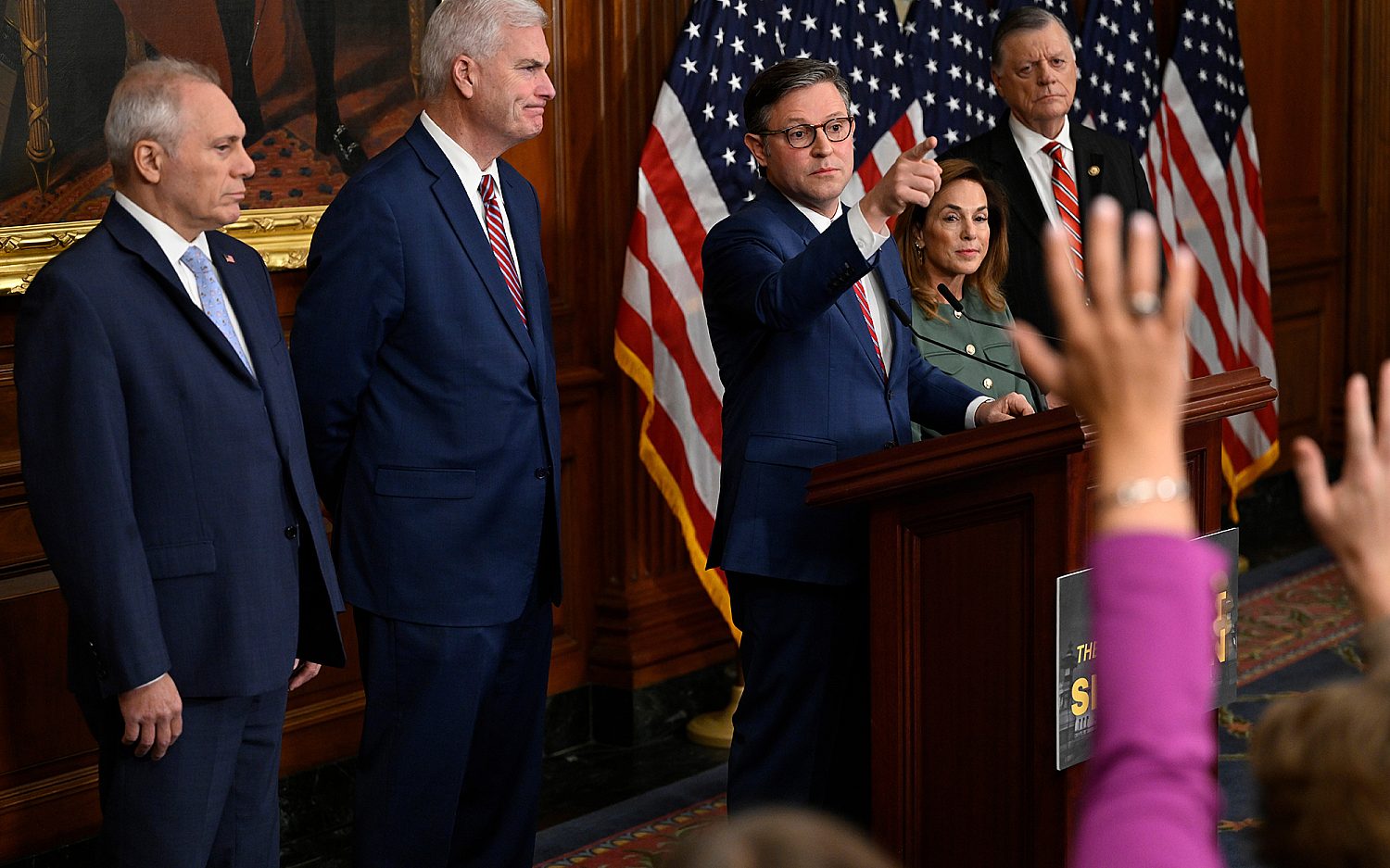Are we winning the abortion debate or just having more babies?
Americans may be growing more pro-life because pro-life families are having more babies, according to a recent paper by two Northwestern University sociologists.
Examining data from the National Opinion Research Center’s General Social Survey (GSS) from 1977 to 2010, researchers J. Alex Kevern and Jeremy Freese found public opinion on abortion has “lagged behind a liberalizing trend of other correlated attitudes.” While younger generations are embracing gay rights and sex before marriage at higher rates than their parents, they also are more pro-life than their parents.
Looking at GSS data, Kevern and Freese found a period of increase in pro-abortion support right after Roe v. Wade, but it soon reversed. Looking at two generations—the first born between 1950 and 1955 and the second born between 1975 and 1980—the GSS data revealed that when surveyed in their 20s and 30s, 44.7 percent of the earlier generation supported abortion, compared to 38.8 percent of the latter group.
Recent Gallup numbers show the same trend among the entire U.S. population. In 1995, Gallup found 56 percent of people were pro-abortion and 33 percent pro-life. In 2001, support for both sides equalized at 46 percent. Since then, the plurality has jumped back and forth between camps—pro-abortion in 2005, pro-life in 2009, pro-abortion in 2011, pro-life in 2013—but mostly split down the middle.
In their paper, Kevern and Freese defend a hypothesis that “differential fertility”—basically the different fertility rates of a group of people—explains why public opinion on abortion has stayed split down the middle while other liberalizing trends have grown.
“The comparatively high fertility of pro-life individuals has played a role in making the population less pro-choice,” they conclude.
The same is not true of other social issues, like support for gay marriage, the researchers acknowledge. They attribute that difference in part to the rapidly changing attitudes toward issues of sex and sexuality across all generations.
According to 34 years of GSS data, pro-life people have, on average, 27 percent more children than those who support abortion. Put another way, for every two children born to pro-abortion families, two-and-a-half are born to pro-life families. Kevern and Freese also found a high parent-child correlation, concluding that children of pro-life parents adopt their opposition to abortion.
Some trends happen because people change their minds. Other trends happen because people with a certain opinion enter the population at a higher rate. Kevern and Freese argue the trend in abortion attitudes is an example of the second. They conclude that if pro-life and pro-choice families had the same amount of children, the population would be about 5 percent more pro-abortion.
“For the pro-life activist, this study may offer both hope and discouragement,” said Rachel Lu, a philosophy professor at St. Thomas University, in an article for First Things. The hope is that pro-life families have bolstered their position by faithfully teaching their many children: “Perhaps over the long run, liberal progressivism will sterilize itself into irrelevance.” The discouragement is that the pro-life movement may not be changing as many minds as some hope.
An actual newsletter worth subscribing to instead of just a collection of links. —Adam
Sign up to receive The Sift email newsletter each weekday morning for the latest headlines from WORLD’s breaking news team.




Please wait while we load the latest comments...
Comments
Please register, subscribe, or log in to comment on this article.